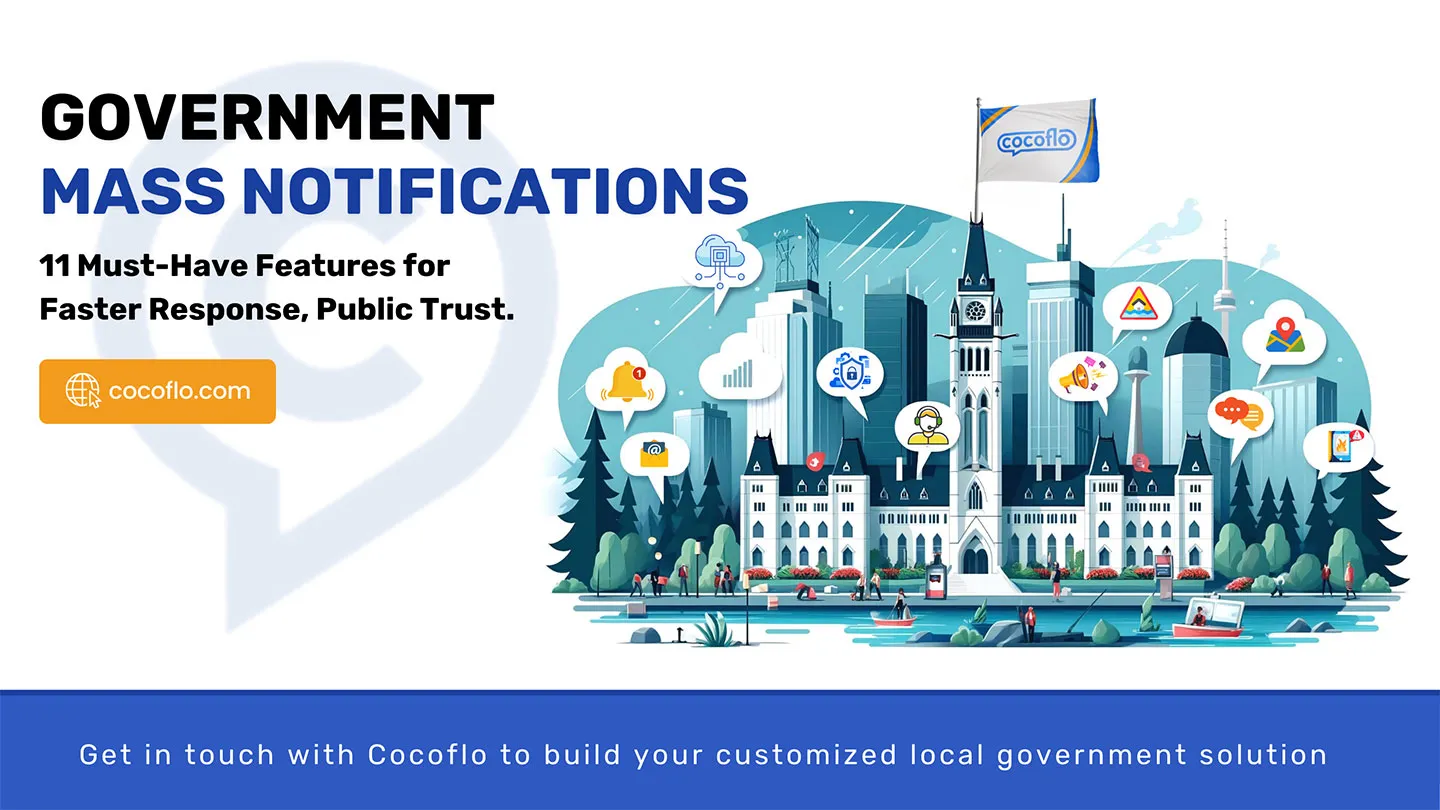
The Power of Citizen-Centric Transformation: Building Stronger Cities for the Future
In today's rapidly evolving urban landscape, cities around the world are embracing digital transformation to improve their services and infrastructure. However, the most successful transformations are those that prioritize a citizen-centric approach. By placing citizens at the heart of their initiatives, cities create a sense of ownership, empowerment, and inclusivity. In this blog post, we will explore why cities that take a citizen-centric approach to transformation are better off in the long run, reaping the benefits of sustainable growth, enhanced livability, and resilient communities.
1. Understanding the Citizen Perspective
Cities that adopt a citizen-centric approach prioritize understanding the needs, aspirations, and challenges of their residents. By actively engaging citizens through surveys, public consultations, and participatory forums, city planners gain valuable insights into their priorities and expectations. This understanding enables them to tailor digital transformation initiatives to address the specific requirements of their communities, ensuring that services and infrastructure align with citizens' interests.
2. Fostering Transparency and Trust
Citizen-centric transformation builds a foundation of transparency and trust between the city government and its residents. By involving citizens in decision-making processes and providing them with clear information on the purpose, scope, and outcomes of transformation initiatives, cities foster a sense of ownership and confidence among their citizens. Transparent governance practices, such as open data portals and accessible communication channels, further strengthen trust by ensuring accountability and enabling citizens to monitor progress.
3. Enhancing Service Delivery
Cities that prioritize citizen-centric transformation improve service delivery by designing solutions that meet the needs of their residents. By leveraging technology and data, cities can streamline administrative processes, offer personalized services, and provide real-time access to information. For example, digital platforms can enable citizens to access government services, pay bills, and report issues efficiently. This enhanced service delivery not only improves citizens' experience but also increases efficiency and reduces costs for the city.
4. Driving Innovation and Collaboration
Citizen-centric transformation encourages collaboration and fosters a culture of innovation. By involving citizens in co-creation processes, cities tap into the collective intelligence and creativity of their residents. Citizens can contribute ideas, provide feedback, and actively participate in the development and testing of new solutions. This collaboration can lead to innovative approaches, improved policies, and a stronger sense of community ownership. Additionally, citizen involvement fosters a spirit of entrepreneurship, attracting businesses and startups that align with the city's vision and values.
5. Building Resilient Communities
Cities that prioritize citizen-centric transformation are better equipped to build resilient communities capable of withstanding challenges. Engaging citizens in disaster preparedness and response planning ensures that the city's resilience strategies align with their needs and vulnerabilities. Digital platforms can facilitate communication during emergencies, providing timely updates and instructions to citizens. Furthermore, citizen engagement fosters social cohesion and strengthens community bonds, creating a support network that can withstand and recover from adversity more effectively.
6. Sustaining Long-Term Success
A citizen-centric approach to transformation is essential for sustaining long-term success. By continuously involving citizens in decision-making, cities ensure that transformation initiatives remain relevant and responsive to evolving needs. Regular feedback loops, citizen satisfaction surveys, and monitoring mechanisms enable cities to make data-driven adjustments and improvements. This iterative approach ensures that the city remains adaptable and responsive to the changing dynamics of its residents and the broader environment.
Cities that embrace a citizen-centric approach to transformation are better positioned to create thriving, inclusive, and resilient communities. By understanding citizens' perspectives, fostering transparency and trust, enhancing service delivery, driving innovation, and building resilient communities, these cities reap the long-term benefits of sustainable growth and improved quality of life. Citizen-centric transformation empowers residents to actively participate in shaping their cities, fostering a sense of ownership, belonging, and shared responsibility
As cities continue their digital transformation journeys, placing citizens at the heart of these initiatives is crucial for building stronger cities for the future.



